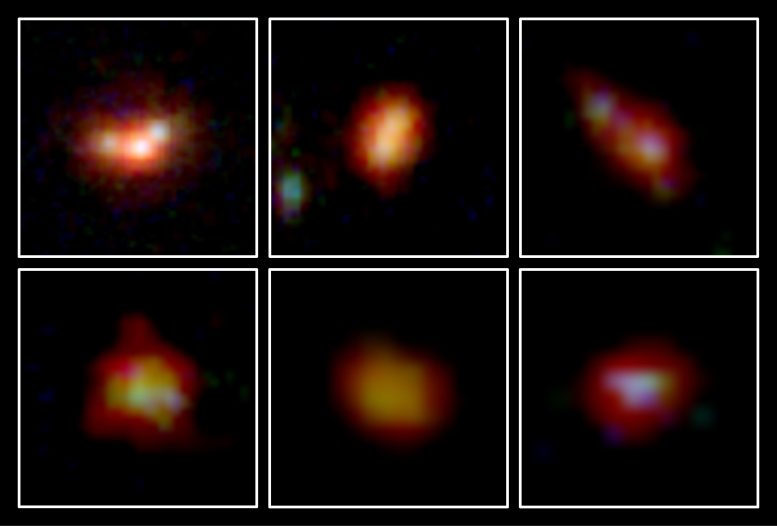
Recent findings from the James Webb Space Telescope reveal that oxygen was abundant in the early Universe, suggesting that life’s essential elements were present much earlier than previously thought.
New findings from the James Webb Space Telescope reveal a surprising abundance of oxygen in the early Universe. Researchers discovered that oxygen levels in galaxies surged within 500-700 million years following the Universe’s birth, reaching levels comparable to those in contemporary galaxies. This suggests that the essential elements for life were present much earlier than previously believed.
In the early Universe, shortly after the Big Bang, only light elements such as hydrogen, helium, and lithium existed. Heavier elements like oxygen were subsequently formed through nuclear fusion reactions within stars and dispersed into galaxies, primarily through events like supernova explosions. This ongoing process of element synthesis, unfolding over the vast expanse of cosmic history, created the diverse elements that constitute the world and living organisms around us.

JWST infrared images of 6 galaxies from 500-700 million years after the birth of the Universe. All 6 have low oxygen abundances compared to modern galaxies. Credit: NASA, ESA, CSA, K. Nakajima et al.
Recent Findings Using the JWST
A research team led by Kimihiko Nakajima at the National Astronomical Observatory of Japan used data from the James Webb Space Telescope (JWST) to measure the oxygen in 138 galaxies that existed in the first 2 billion years of the Universe. The team found that most of the galaxies had oxygen abundances similar to modern galaxies. But out of the 7 earliest galaxies in the sample, those that existed when the Universe was only 500-700 million years old, 6 of them had roughly half the predicted oxygen content.
This rapid increase in oxygen content occurred earlier than astronomers were expecting. This opens the possibility that with the necessary ingredients, like oxygen, already readily available in the early Universe, life may have appeared sooner than previously thought.
Reference: “JWST Census for the Mass–Metallicity Star Formation Relations at z=4–10 with Self-consistent Flux Calibration and Proper Metallicity Calibrators” by Kimihiko Nakajima, Masami Ouchi, Yuki Isobe, Yuichi Harikane, Yechi Zhang, Yoshiaki Ono, Hiroya Umeda and Masamune Oguri, 13 November 2023, The Astrophysical Journal Supplement Series.
DOI: 10.3847/1538-4365/acd556
The study was funded by the Japan Society for the Promotion of Science.
>>> Read full article>>>
Copyright for syndicated content belongs to the linked Source : SciTechDaily – https://scitechdaily.com/new-findings-from-the-james-webb-telescope-suggests-that-life-could-have-existed-much-earlier-than-previously-thought/































